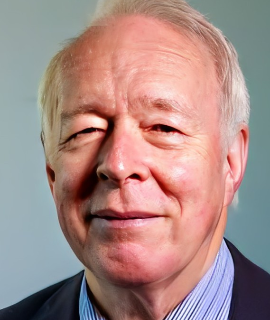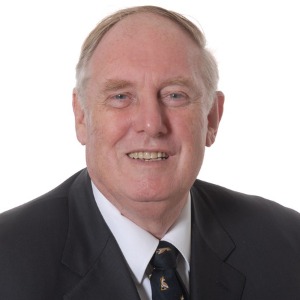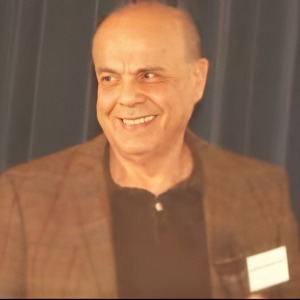Dental Extraction
Dental extraction, also referred to as tooth extraction, is the removal of a tooth from its socket in the jawbone. This procedure is normally performed by a dentist and may be necessary for a number of reasons such as decay, severe gum disease, trauma, or overcrowding of the teeth. Dental extraction may be applied to single or multiple teeth and can be performed through either traditional surgery or minimally invasive techniques. When a tooth needs extraction, the dentist will first administer an anesthetic to reduce the level of discomfort. The anesthetic will vary depending on the type of extraction and can be either a local or general anesthetic. It is also important to ensure that the patient is relaxed and comfortable throughout the entire procedure. The traditional approach to tooth extraction uses forceps to grasp and gently move the tooth from its socket. After the extraction, the dentist will suture the gum tissue if necessary. A more minimally invasive approach to extraction may be employed in certain cases. This approach requires the removal of granulation tissue to collapse the periodontal ligament. After the ligament becomes sufficiently relaxed, a small blade or elevator is used to separate the tooth from its socket. The risk of complication and/or infection is always present whenever a surgical procedure is carried out. However, such risks can be minimized by ensuring that the patient visits an experienced dentist. This is especially important for more complicated extractions. In addition, the patient should follow the post-operative instructions such as keeping the mouth clean and not smoking. In conclusion, dental extraction is a dental procedure for the removal of a tooth from its socket. It can be performed using either the traditional approach or minimally invasive techniques. Risk and complications can be minimized by ensuring that the patient visits an experienced dentist and follows the post-operative instructions.

David Geoffrey Gillam
Queen Mary University of London, United Kingdom
Christopher Turner
Spacemark Dental, United Kingdom




Title : Evaluating hygienist follow up for head and neck oncology patients in secondary care: Results from a two cycle audit
Peter Basta, Newcastle Dental Hospital, United Kingdom
Title : Atypical facial pain unravelled
Christopher Turner, Spacemark Dental, United Kingdom
Title : New treatment of temporomandibular disorder through muscle balance and muscle regeneration by activation of quiescent muscle stem cells( satellite cells) with mitochondrial dynamics
Ki Ji Lee, National Reserach Foundation & Busan Medical University, Korea, Republic of
Title : MRONJ and ORN: Referral or management in primary care? Navigating guidelines in the context of long waiting lists
Alisha Sagar, NHS England, United Kingdom
Title : Managing the unexpected: An Insight into supernumerary teeth
Bahar Gharooni Dowrani, Guy's and St Thomas' NHS Foundation Trust, United Kingdom
Title : Laxative prescribing for post operative head and neck cancer patients at Derriford Hospital
Pui Sze Kylie Li, Cardiff and Vale University Health Board, United Kingdom